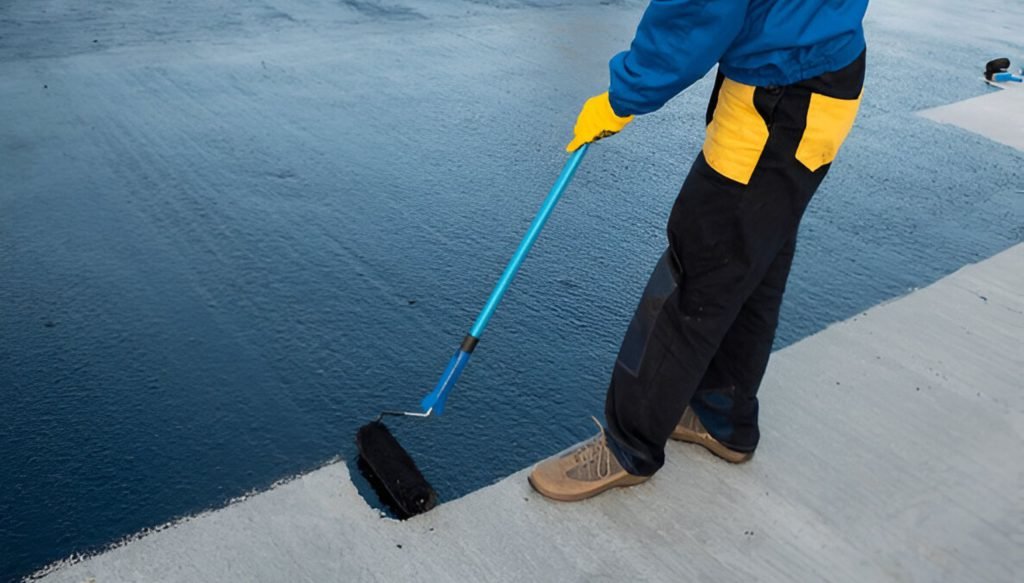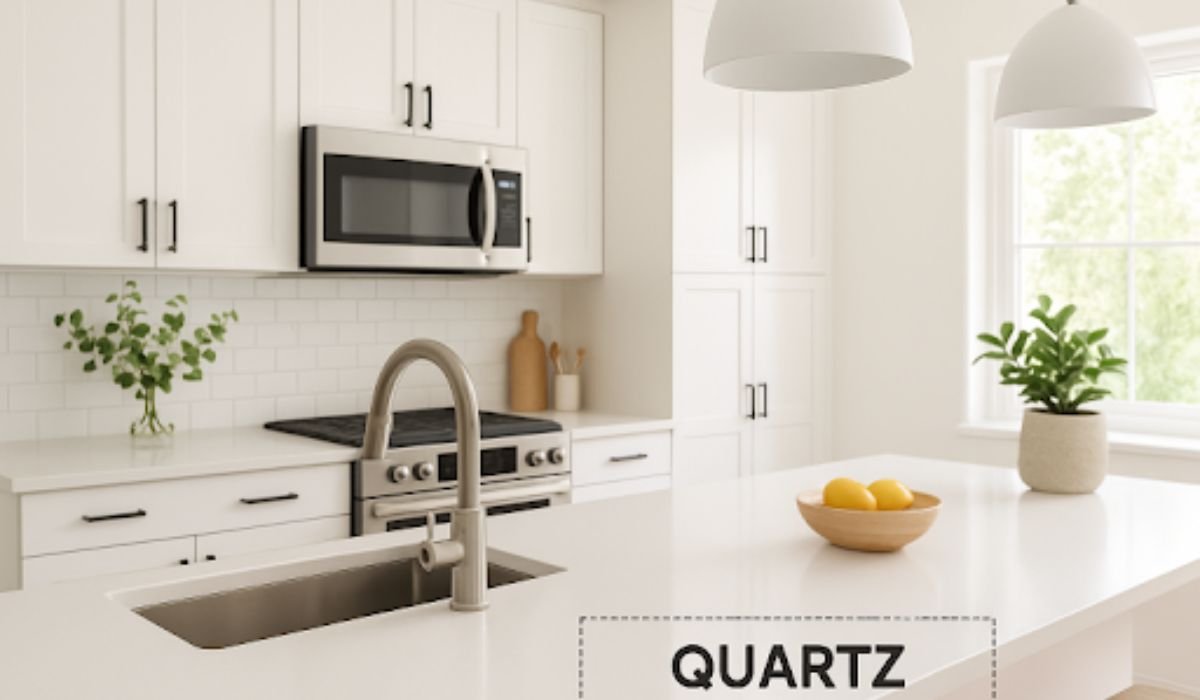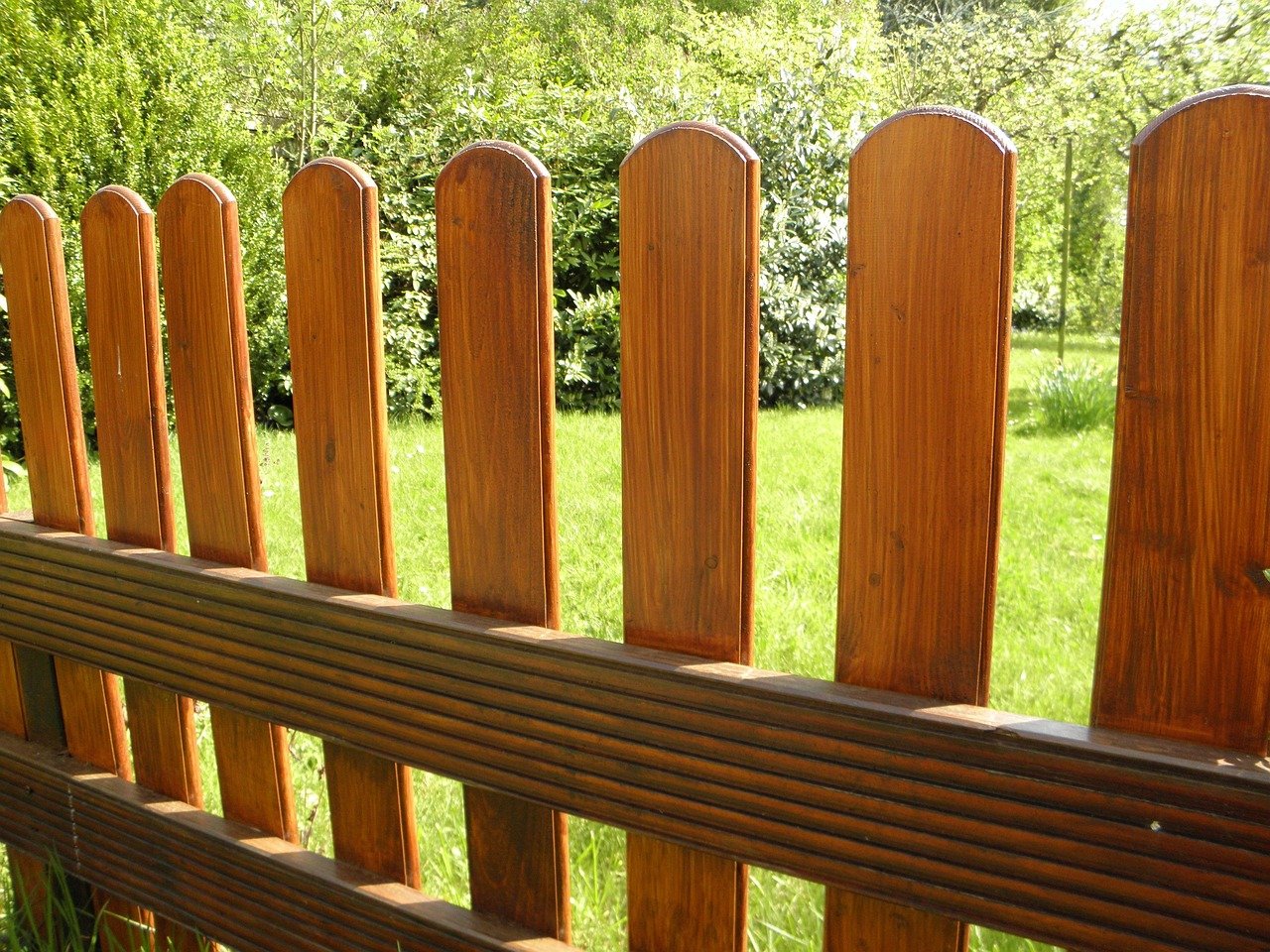When we plan to renovate our homes, most of us focus on new tiles, wall colors, and furniture. But one important thing we usually ignore is waterproofing.
Skipping it might not show problems right away, but a few months later, you may notice damp walls, peeling paint, or a musty smell. These are clear signs of water damage that could have been avoided.
Experts from LeakFoe often say that prevention costs much less than repair. Doing waterproofing before renovation keeps your home strong and helps you avoid repeated repair work later.
Why Waterproofing Matters Before Renovation
Waterproofing is the hidden part of a renovation that only a few people know, but it makes everything else last longer. Without it, water slowly seeps into walls and ceilings, damaging concrete and creating mold.
Homeowners spend a lot on décor and fittings, but moisture can ruin them in no time. Many house problems after renovation happen because waterproofing wasn’t done properly.
Planning waterproofing before renovation means you are protecting your walls, flooring, and foundation from the start — not waiting for the problem to appear.
You can also read a simple guide on home waterproofing tips to understand how small steps can protect your home for years.
Areas You Should Never Ignore
Before you start painting or tiling, look closely at these areas that often get ignored:
- Terrace and Roof: These face sunlight and rain daily. Cracks can easily develop and let water in.
- Bathroom and Kitchen: Leaks often start through broken tiles or loose joints.
- Basement: If drainage isn’t proper, basements can stay damp and grow mold.
- Wall Cracks and Pipes: Small gaps near plumbing lines can allow moisture to spread behind walls.
Checking these points early helps you fix the root cause before finishing work begins.
Smart Waterproofing Techniques for Homes
Waterproofing has changed a lot in recent years. It’s no longer about just applying a coat of paint or sealant. Here are some smart waterproofing solutions that professionals use today:
- PU Injection Grouting: Fills cracks and joints with a flexible material that blocks leaks.
- Cementitious Coating: Ideal for bathrooms, balconies, and terraces — easy to apply and long-lasting.
- Membrane Waterproofing: A liquid or sheet layer that stops water from entering concrete surfaces.
- Nano-Coating: A modern, eco-friendly option that keeps surfaces water-repellent without changing how they look.
If you want to learn more about these methods, visit the LeakFoe waterproofing service page to see which one suits your home.
Choosing the Right Waterproofing Contractor
Hiring the right contractor can make all the difference. Here’s what to look for:
- A few years of real experience and customer feedback
- Clear pricing with no hidden costs
- A written warranty for both materials and work
- A proper inspection before starting the project
Avoid anyone who only paints over damp spots or avoids explaining the issue.
Professional waterproofing experts like those at LeakFoe focus on finding the source of the problem first and fixing it for good.
Simple Maintenance Tips
Even the best waterproofing needs small checks once in a while. Here’s how to make it last longer:
- Look for damp patches on walls or ceilings once a year.
- Avoid drilling near bathrooms or water pipelines.
- Reapply coating or sealant on terraces every few years.
- Keep all service records — it helps during future work.
These little habits can save you big repair bills later.
Conclusion
Good renovation isn’t only about design; it’s also about durability. Waterproofing protects your home from damage that you can’t always see but definitely feel later.
Include smart waterproofing solutions in your renovation plan and stay worry-free. And if you’re not sure where to start, get advice from professionals at LeakFoe — they can help you choose the right method for your home.
A small step today can save your home, time, and money tomorrow.
READ ALSO: Benefits of Choosing Quartz Countertops for Modern Homes










